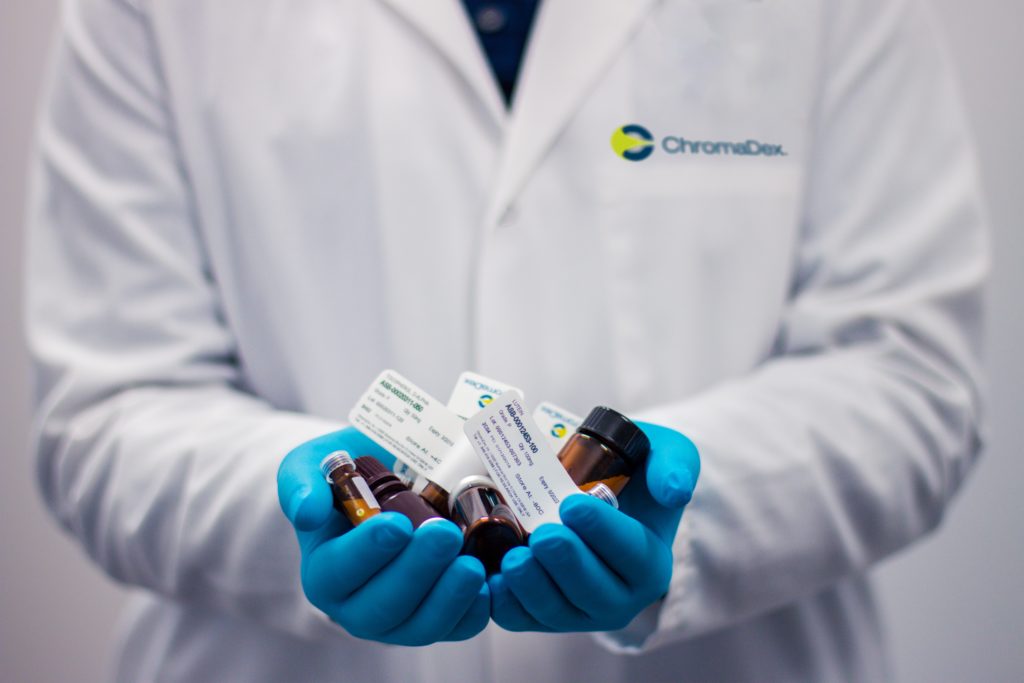Relationships July 30, 2019
Amidst premature celebration, it is easy to lose sight of all the work that still needs to be done.


Since the 1990s, the number of deaths from drug overdoses in the United States has been on a steady rise, reaching a peak in 2017. Finally, in 2018, after climbing for three decades, the opioid death rate in America dropped by 5 percent. This trend gained nationwide attention and is already being celebrated as a victory by the current White House Administration; President Trump recently described the shift as “tremendous”.
In the face of a seemingly positive trend, it is easy to lose sight of the big picture; there is still so much work to be done. There were 68,500 opioid-related deaths in 2018. While fewer than the 72,000 the previous year, it is still a staggering number.
Currently, West Virginia, Ohio and Washington DC lead the country in opioid deaths. These areas, however, are not necessarily the ones with the highest opioid prescription rate—something that many people associate with the high rate of opioid deaths. There remains no clear reason behind the dip in the opioid death rate. This means that there is no guarantee that this trend is bound to continue. The trajectory of this pattern is dependant upon a number of factors including: the availability of naloxone, the prevalence of fentanyl, and the frequency of doctors prescribing opioids.
“No one can point to any one thing,” Patrick Trainor, a spokesman for the Drug Enforcement Administration in Philadelphia, told the New York Times. While this declining trend of opioid deaths is welcomed and worth celebrating to a degree, this does not mean that the opioid crisis is coming to a close.
We also often forget that there are racial undertones deeply embedded in the opioid crisis. The prescription drug crisis has been long deemed a “white issue”. People of color have less access to health care and thus are less likely to be prescribed opioids. However, in recent years the number of people of color who have died from opioid abuse has risen. But the overall drop in deaths is being celebrated.

In 2017, when the opioid death rate was at its peak, the Trump administration allotted $3.3 billion in opioid crisis grants. These grants, which received overwhelming bipartisan support, has been the most tangible contribution to recovery and prevention in Trump’s tenure. And yet, the funding for this grant is scheduled to run out next year, and there has been no talk of extending it. These grants have been especially helpful to low-income individuals at risk of opioid dependency in Republican-led states; many of these people do not have access to Medicaid under the Affordable Care Act, which guarantees treatment as an “essential benefit”. The grants remain the most crucial source of treatment for individuals in these states.
Fewer opioid-related deaths could actually have a boomerang effect. Many fear that this new trend may dissuade future administrations from replenishing the fund, because of the belief that the opioid crisis has begun to level off.
Prescription painkillers used to be the leading opioid involved in overdoses. Over the last decade however, fentanyl has taken their place. States have implemented tighter practices when it comes to prescribing painkillers. But too little too late as a fentanyl crisis is now the prevailing issue. It is likely that 2018 was simply a transition year between prescription drugs and fentanyl, explaining the lower number of deaths.
The United States still leads the world in opioid-related deaths. The numbers remain inconceivably high. There are still numerous people without the proper access to help and recovery tools.
In addition to funding and continued education on the impact of opioids, there are steps that we need to take to continue this pattern. One of these potential “next steps” is making naloxone more available to all. Naloxone is a medication designed to rapidly and effectively reverse the effects of opioid overdose. This medication has saved thousands of lives. It has been made more available and more people have been authorized to distribute it. Italy has made this medication available in pharmacies without a prescription. The United States continues to implement programs educating on the use of this life-saving medication. If we continue this trend we could completely shift the landscape of opioid overdoses.
In light of the recent developments in opioid deaths, it is wise to remain cautiously optimistic. The opioid crisis has affected people globally, but none more so than in the United States. A topic that has received such rare bipartisan support, fighting the opioid crisis deserves continued attention and funding. While a lower opioid-related death rate is, of course, something worth celebrating, it is also something worth looking into. We should capitalized on this change and use it as a springboard for further change— not an excuse to sit back and assume that it will continue to correct itself.